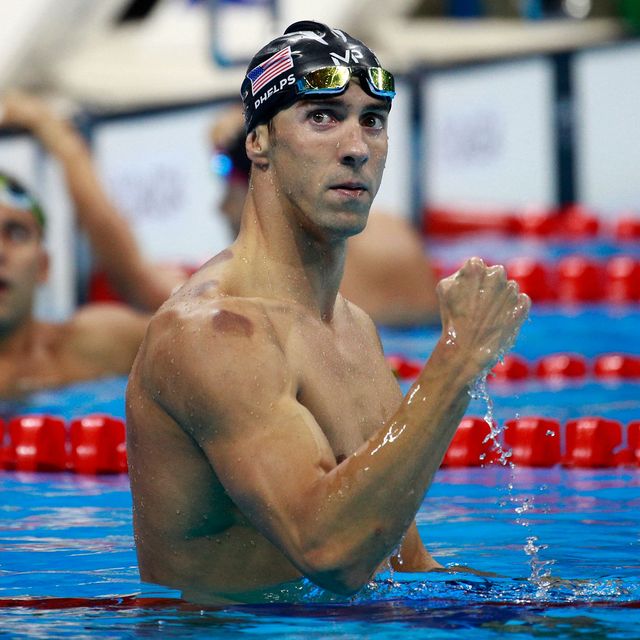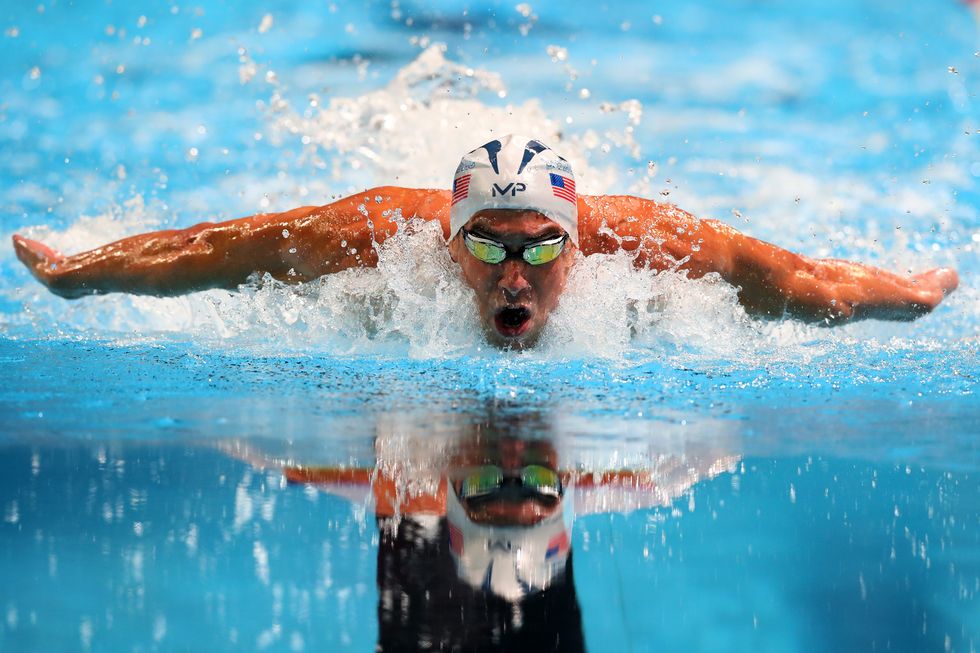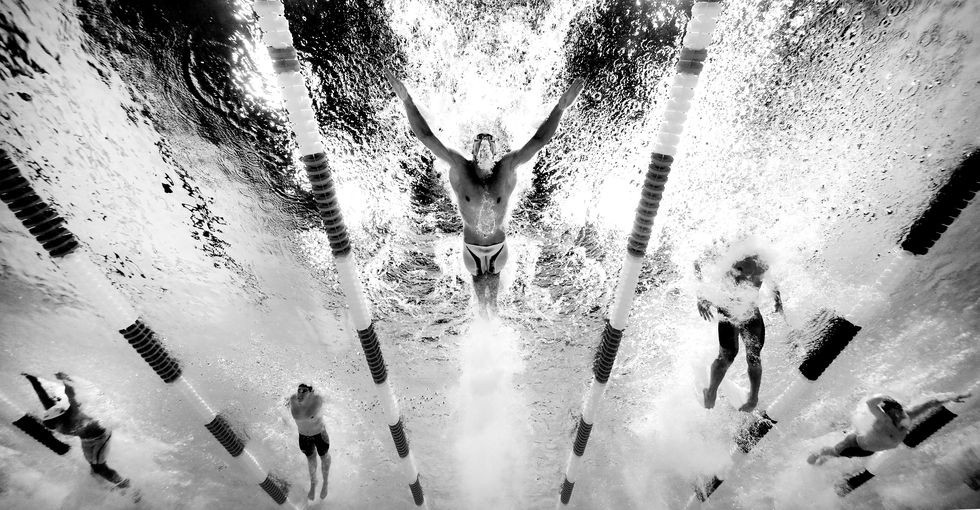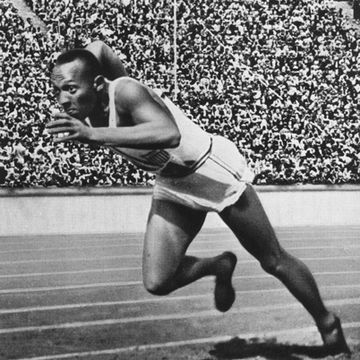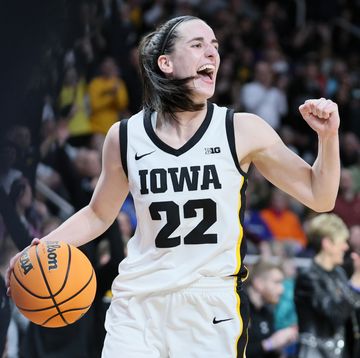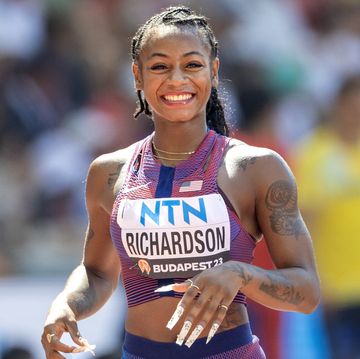Michael Phelps is one of the most decorated athletes of all time. As the first Olympic swimmer to earn a spot on five Olympic teams and one of the oldest individual swimmer to earn Olympic gold, he’s earned himself the nickname the "Flying Fish.”
What gives? Top performers in certain sports tend to have the same build of body, whether they’re gymnasts, football players or swimmers. Phelps may have all of the physical advantages of an elite swimmer — and more.
Here are a few reasons why Phelps has the perfect body for swimming.
Phelps has a very long torso and 'short' legs
Swimmers tend to have longer torsos and shorter legs than the average person. Standing at 6 feet 4 inches, Phelps has the torso of a man who’s 6 feet 8 inches tall… and the legs of a man 8 inches shorter.
This disproportionately large chest enables Phelps to power himself through the water. It also means his legs produce less drag (or water resistance) with each stroke.
His wingspan is longer than his height
Wingspan is the distance from fingertip to fingertip when your arms are stretched out to your sides. The average person’s wingspan is about the same as their height. Phelps’ wingspan is three inches longer than his height (6 feet 7 inches versus 6 feet 4 inches), according to The Telegraph.
A longer wingspan means your arms can reach farther. When winning a race is the matter of a fraction of a second, even a small advantage in wingspan can make a big difference.
The swimmer's legs resemble flippers
Phelps specializes in butterfly, and dolphin kick is essential to a powerful stroke. It looks just like you’d imagine, with a swimmer propelling himself through the water in a dolphin-like motion. Up to 90 percent of thrust in dolphin kick comes from the feet and ankles.
Like many swimmers, Phelps has hyperextended joints — but his double-jointed ankles bend 15 percent more than his rivals. Paired with his size-14 feet, his legs act like flippers, thrusting him through the water.
Phelps is also hyper-jointed in the chest. That means he can kick from his chest instead of just his ribs, giving him more force with each stroke, according to former Olympian Mark Tewksbury.
Phelps' double-jointed elbows propel him through the water
Double-jointed elbows allow Phelps to create more downward thrust in the water. His large hands also act like paddles. Paired with his extra-long wingspan, his arms serve like propellers to shoot him through the water.
He produces less lactic acid than other athletes
Our bodies produce lactic acid in response to high-intensity activity, and lactic acid makes you tired and sore. Most people need a rest period to flush the lactic acid out of their muscles before they can perform again.
Researchers have found that Phelps produces half the lactic acid of his competitors. These low levels of lactic acid mean Phelps can recover quickly, which can be especially helpful when pushing through grueling training sessions.
His drive to succeed has helped Phelps perfect his swimming technique
Phelps has been said to possess extremely high lung capacity — twice that of the average human, or 12 liters rather than six. If your lungs send more oxygen to your muscles, it can help improve your performance in any sport.
An article in Scientific American notes that many top swimmers share the same physical attributes as Phelps — and these qualities are not necessarily intrinsic to success.
Elite coaches have argued that perhaps more important than his build, Phelps has perfected his swimming technique. What’s more, he possesses a widely-reported drive to succeed, mental endurance and work ethic. All of these qualities enable him to push himself to the limits in hardcore Olympic training and high-pressure races.
No matter how you slice it, between the build of his body and the power of his mind, Phelps may be the perfect example of an elite swimmer and athlete.
